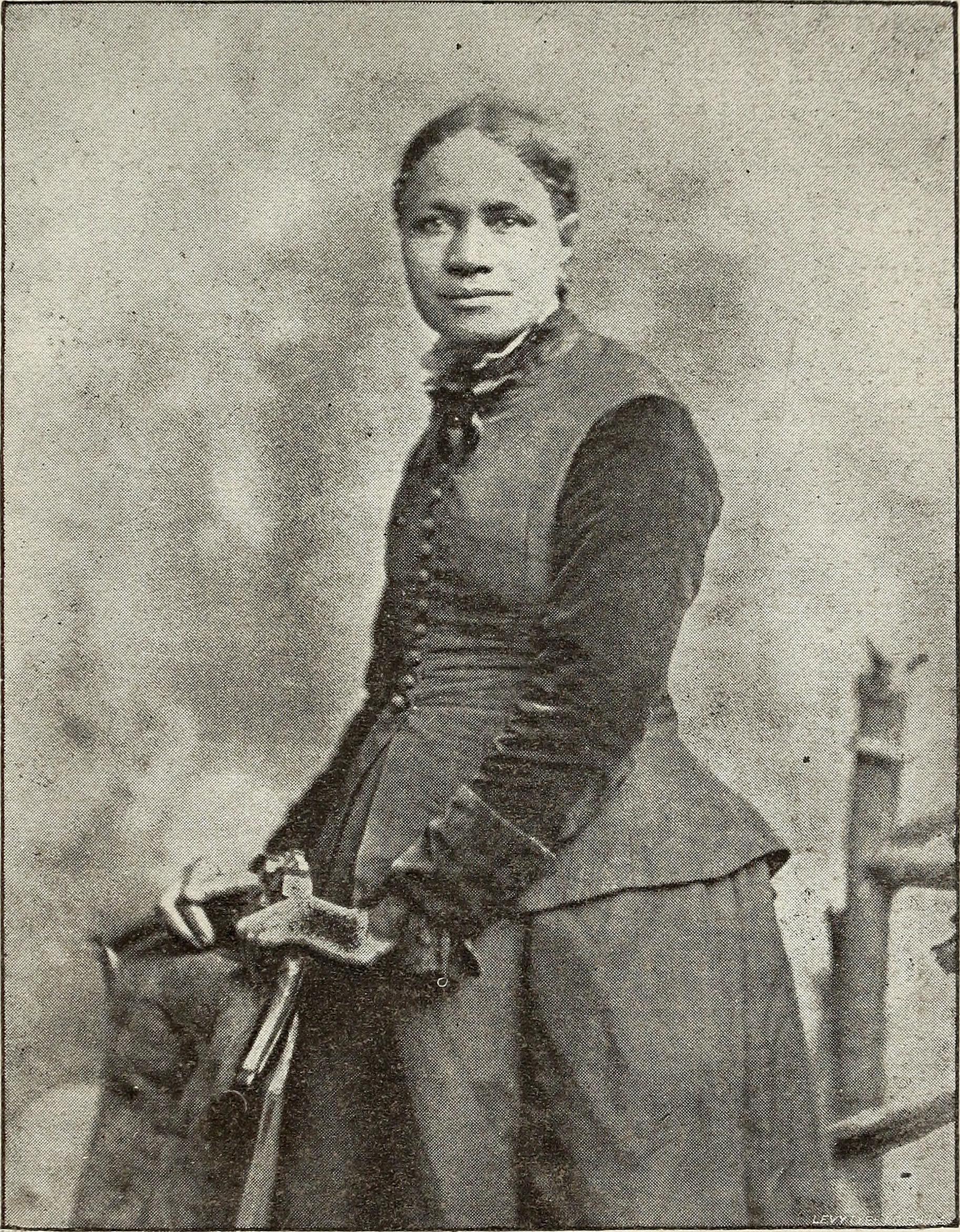5 Francis Ellen Watkins Harper
[1825-1911]
Born Frances Ellen Watkins in Baltimore, Maryland, Frances Ellen Watkins Harper was the only child of a free black couple. After her mother’s death when she was only three years old, Harper was raised by her aunt and uncle. Until she was 13, she attended a school run by her uncle called the Academy for Negro Youth. Later, she found work in a Quaker household where she was granted access to a library of literature. This period of reading allowed Harper to develop her talent with words.
Later, after a short stint as a teacher, Harper began touring as a traveling orator, assisting slaves to freedom on the Underground Railroad all the while. On her abolition oration circuit, she earned her income through her speaking engagements as well as being published in anti-slavery newspapers. These publications earned her a reputation as the mother of African American journalism.
After marrying Fenton Harper in 1860, the two had a daughter together to add to his three children from a previous relationship. Though he died only four years later, Harper continued to support the family with her speaking engagements and prolific writing.
During the Reconstruction period, she was an outspoken activist for civil rights, women’s rights, and expanded educational opportunities. She was elevated to the level of superintendent in the Colored Section of the Philadelphia and Pennsylvania Women’s Christian Temperance Union, co-founder and vice president of the National Association of Colored Women, director of the American Association of Colored Youth, and a member of the American Women’s Suffrage Association.
This following poem, published in 1854, was only one of Harper’s extensive number of poems. Dripping in pathos, this anti-slavery work takes the perspective of a slave mother, tackling the difficult issue of mother-child bonds for enslaved people. Like many of her other works, it testifies to the cultural and spiritual resilience of black Americans during the time of slavery.
THE SLAVE MOTHER
Heard you that shriek? It rose
So wildly on the air,
It seem’d as if a burden’d heart
Was breaking in despair.
Saw you those hands so sadly clasped—
The bowed and feeble head—
The shuddering of that fragile form—
That look of grief and dread?
Saw you the sad, imploring eye?
Its every glance was pain,
As if a storm of agony
Were sweeping through the brain.
She is a mother pale with fear,
Her boy clings to her side
And in her kyrtle vainly tries
His trembling form to hide[1].
He is not hers, although she bore
For him a mother’s pains;
He is not hers, although her blood
Is coursing through his veins!
He is not hers, for cruel hands
May rudely tear apart
The only wreath of household love
That binds her breaking heart.
His love has been a joyous light
That o’er her pathway smiled,
A fountain gushing ever new,
Amid life’s desert wild.
His lightest word has been a tone
Of music round her heart,
Their lives a streamlet blent in one—
Oh, Father! must they part?
They tear him from her circling arms,
Her last and fond embrace.
Oh! never more may her sad eyes
Gaze on his mourning face.
No marvel, then, these bitter shrieks
Disturb the listening air:
She is a mother, and her heart
Is breaking in despair.
Frances Ellen Watkins Harper, 1854
- This image of the child trying to hide behind the kyrtle has often caused scholars to reference the image of Mary and Jesus in the Pieta. Though the body arrangement does not match directly, the grieving mother, the helpless child, and the billowing skirts all suggest the possibility that this image was a purposeful connection on the part of Francis Ellen Watkins Harper to invoke religious implications. ↵

